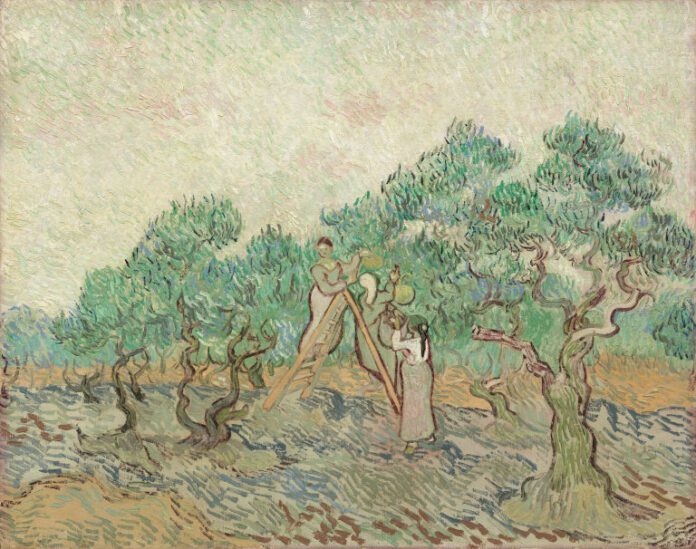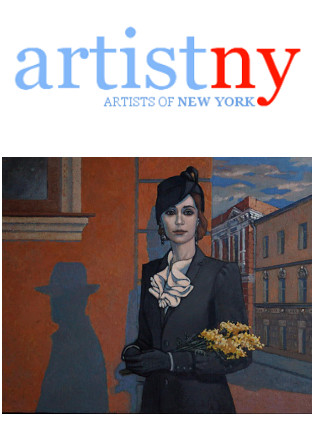Have you ever gone to a gallery and looked around in search of art? If so, then you probably noticed the varied price range. It’s rather difficult – especially on first glance – to know how much an art piece is worth. That’s where “top tier” comes into play.
When did art fairs start?
Art fairs are centuries old, and in their early years, they were used as a way for artists to promote what they had made. Top tier art fairs were known for accepting submissions from a diverse range of artists, and oftentimes showcased the latest and most innovative pieces. Today, art fairs remain an important way for artists to connect with one another and showcase their work to a wide audience.
Today’s Top Art and Fine Art Shows
Art shows have changed a lot over the years. Used to be, top art and fine artists would venture out and showcase their work in large exhibition spaces. This gave potential buyers and the art world a chance to see what these artists had to offer. Often times, this would lead to successful sales. But what about the artists who didn’t make it big? Today’s top art and fine art shows are a way for up-and-coming artists to get their name out there. This is also a great way for established artists to showcase new pieces without having to worry about profits or sales. What is top tier art? Is there such a thing as ‘fine’ art that isn’t expensive?
Reasons for Participating in the Business of Art Fairs
Artists used to participate in the business of art fairs for many reasons. They exhibited their work and sold it to potential buyers, received feedback and criticism, and sometimes got commissions to create new pieces.
In addition to these traditional goals, many artists also took part in art fairs as a form of self-promotion. They wanted to garner attention for their work, show it off to a wider audience, and maybe even get some commissions. Today, many artists participate in art fairs as a way to make a living, but the roots of these exhibitions go back several hundred years.
How can active artists market themselves and avoid the business of art fairs
Art fairs used to be a way for artists to promote their work and connect with buyers. However, as the market has changed, many art fairs have become more of a business than an avenue for artists to networking and selling their work. While this is still an event that can offer artists exposure, it’s important to know what makes a top tier art fair and how to stand out from the rest.
Successful art fairs are selective in who they allow to participate. Selection criteria going beyond simply quality of art can include endeavors such as environmentalism or humanitarianism. Additionally, art fair organisers often look for Curated by or Supported by galleries or entities that encourage artistic freedom. In order to be put on the waiting list for participation at these events, artists must compete through submissions and jury reviews.
Some common concerns faced by would-be exhibitors at top tier art events are financial troubles of participating galleries and/or mass produced art being presented in competitive juried shows. In order for exhibitors to make the most of an exhibition opportunity, it’s important to prepare in advance by researching what other galleries are exhibiting. Retrospectively analyzing critiques and ratings can also help identify areas where improvement may be necessary
What is a feasible alternative to the top tier art shows of today
When art first began expressing itself in an organized way, it was done so at large exhibitions known as “top tier” art shows. Held annually since the 1800s, these events were a platform for established artists to share their work with a wider audience. While they still serve an important purpose, today’s top tier art shows are not feasible alternatives when it comes to promoting and selling artists’ work.
The problem with top tier art shows is that they are often exclusive and inaccessible to a majority of people. Only those with connections or deep pockets can attend, which limits exposure for newer and lesser-known artists. Top tier art shows also tend to be outdated and devoid of fresh ideas. In comparison, online galleries offer a more open platform for artists to showcase their work to a global audience. moreover, online galleries have the added advantage of being infinitely reproducible, which allows for Unlimited merchandising potential.
More than ever, art enthusiasts should be seeking out new and innovative ways to appreciate and connect with the work of contemporary artists. Therefore, alternative exhibitions like street art festivals or pop-up museum openings are more apt representations of today’s contemporary art world. By broadening exposure to the latest and greatest artwork,
Conclusion
What Is Top Tier, Art Fairs Used To Be a Way For Artists To Promote What They’ve Made?
Art festivals used to be a way for artists to promote what they’ve made. Back in the day, top tier art fairs were where up and coming artists could showcase their work to a wide audience. This allowed other artists and collectors to decide if they wanted to acquire the artist’s work or not. Today, however, top tier art fairs are something else entirely.
With so many different art galleries popping up all over the place, top tier art fairs have lost much of their importance. In fact, most of them don’t even hold exhibitions anymore. Instead, they simply serve as a platform for artists to sell their work online or at their actual gallery. Granted, this isn’t a bad thing per se; it’s just different than what used to happen at these events.
Overall, top tier art fairs used to be a way for artists to promote their work and connect with potential buyers. Nowadays, they’re more about showcasing talented new artists and selling their artwork online or at gallery locations. So while they may no longer be as important as they once were,



